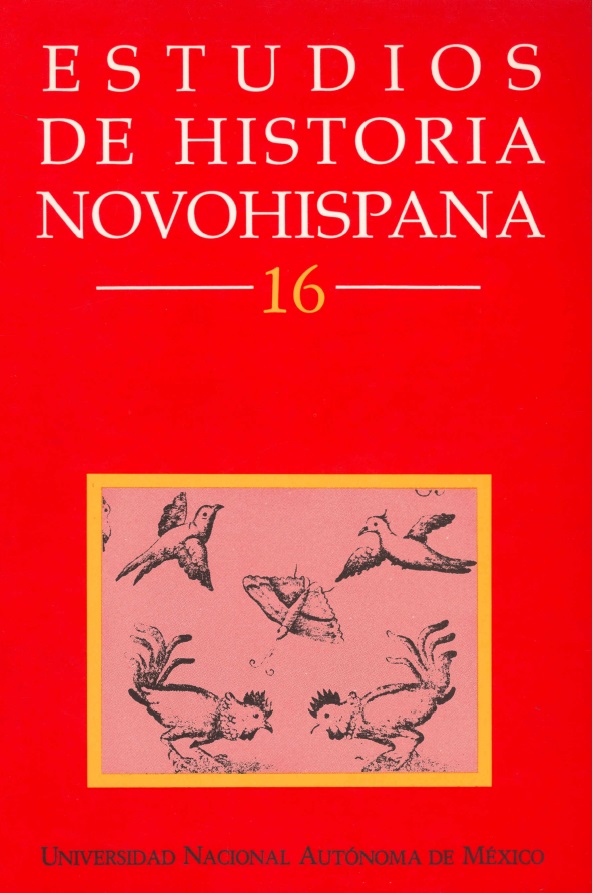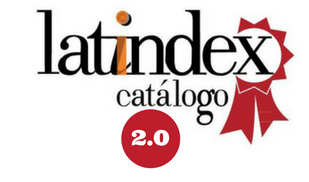Resumen
In response to the General Edict of the Faith emitted in 1732, the neighbors of the villa de Colima presented themselves before the commissary of the Holy Office of the Inquisition in order to “relieve their consciences”. Of the varied accusations made, stand out in abundance those referring to practices of sorcery, folk medicine, witchcraft and , in a special way, everything related to love magic. This paper makes compilation of the most recurring practices and beliefs and an analysis of their characteristics elements. The result allows us to conclude that two centuries after the Conquest the indigenous magical thinking had permeated the mentality of all the social estates. Likewise, the analysis demonstrates the survival and predominance of the indigenous traditional medicine over the European; it points out the way in which the practitioner was characterized, in a circumstantial manner, as a sorcerer or healer —doctor, herbalist or midwife— and the existence of a clear distinction between these and the witch.
















